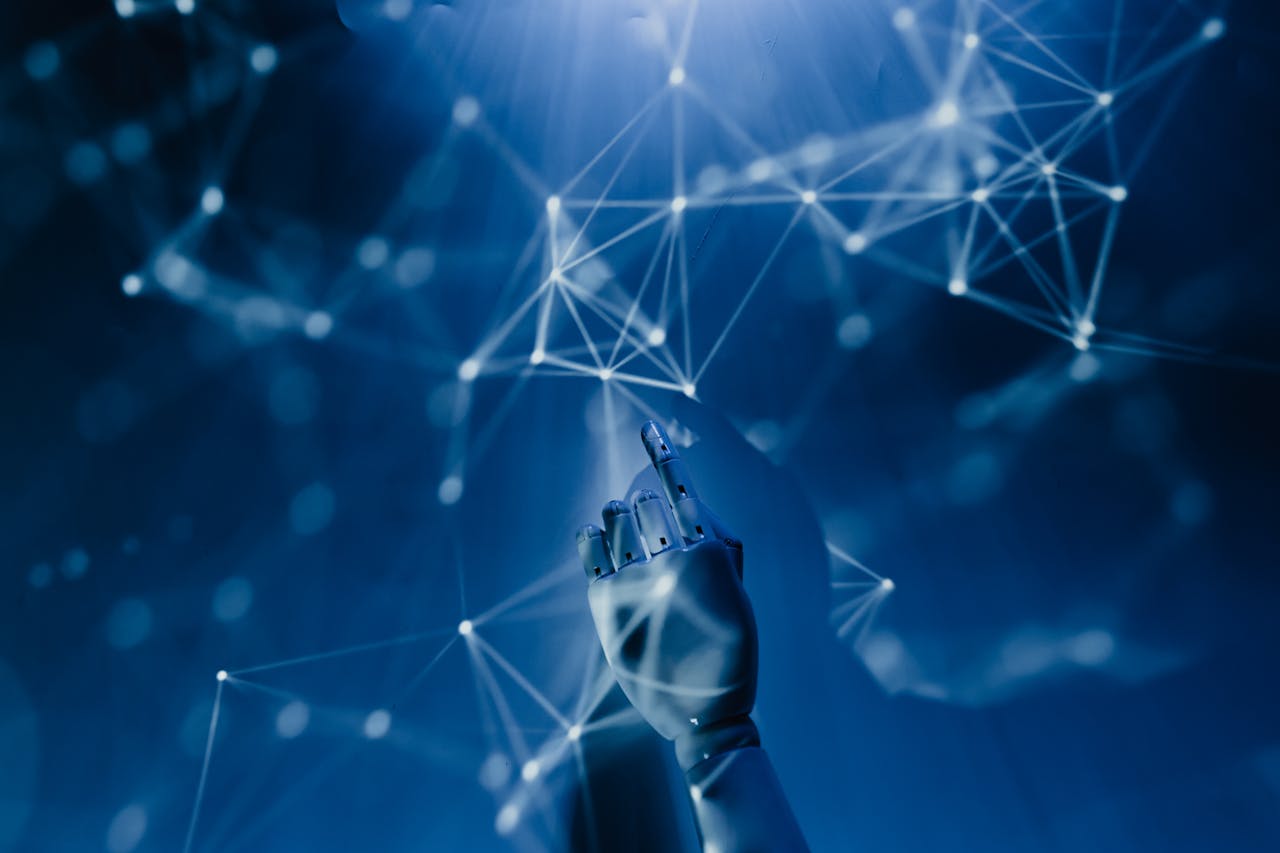The Potential Links Between Tesla, OpenAI, and xAI
In 2025, the AI ecosystem has become increasingly intertwined with the ambitions of major tech players—especially those under the influence of Elon Musk. While Tesla, OpenAI, and xAI appear on the surface to be operating independently, the market and technical signals suggest there may be deeper, strategic intersections forming between these entities. Let’s take a detailed look.
1. Musk’s Longstanding AI Vision: From OpenAI to xAI
Elon Musk was one of the original co-founders of OpenAI back in 2015, with a mission to ensure that artificial general intelligence (AGI) benefits all of humanity. However, by 2018, Musk had departed from OpenAI’s board, citing conflicts of interest with Tesla’s growing AI division. Despite this, his interest in AGI never waned.
Fast forward to July 2023, Musk officially launched xAI, positioning it as a direct rival to OpenAI. xAI’s stated goal is to understand the true nature of the universe, and its first product—Grok, an AI chatbot integrated into X (formerly Twitter)—marked the company’s first step toward AGI. While xAI is nominally separate from Tesla, Musk has publicly stated that xAI will work closely with both Tesla and X.
2. Is Tesla Becoming xAI’s Computation Backbone?
One of the most concrete signs of overlap between Tesla and xAI lies in infrastructure.
In April 2024, Tesla began building Dojo, a custom-built supercomputer designed to train Tesla’s Full Self-Driving (FSD) AI. This machine rivals NVIDIA’s GPU clusters in power and is optimized for vision-based learning. In a June 2025 investor call, Musk hinted that Dojo may eventually serve “AI training beyond just cars.”
xAI, which currently lacks the extensive compute infrastructure required for AGI training, could leverage Tesla’s Dojo and its AI chips to fast-track model development. Given Musk controls both firms, this synergy seems highly plausible—even if not formally declared.
3. Personnel, Philosophy, and Data Loops
Though the companies are distinct legally, the talent pools between Tesla and xAI are increasingly overlapping. Former Tesla AI engineers like Tim Zemanek and others have reportedly joined xAI, while some X engineers are being rotated into Musk’s broader AI projects.
Additionally, Tesla’s fleet of 5 million+ vehicles worldwide serves as one of the richest real-world data pipelines available today. If xAI gains access—directly or indirectly—to this treasure trove of driving data, it would massively accelerate the training of multimodal AGI models that go beyond language.
There’s also the shared “maximally truth-seeking” philosophy that both xAI and Tesla espouse. While OpenAI leans toward safety alignment through reinforcement learning from human feedback (RLHF), Musk has criticized this as too politically correct. xAI’s models, in contrast, are being trained on less-filtered data from X and Reddit, aligning more with Musk’s vision of “unfiltered intelligence.”
4. What About OpenAI? Competitive or Collaborative?
Although Elon Musk has criticized OpenAI’s closed-source direction and profit motives—he’s even sued the company in early 2024—there are still technical bridges that could link OpenAI and Tesla indirectly.
For instance, Microsoft Azure, which powers OpenAI, is also one of Tesla’s partners on cloud services. Moreover, there are persistent industry rumors that some former OpenAI researchers are consulting with Tesla’s AI team.
There’s also the possibility that Tesla could train foundation models in-house (via Dojo or a new xAI-tesla cluster) to reduce reliance on OpenAI or GPT-style models altogether.
5. A Musk-led AI Stack: From Hardware to Intelligence
By mid-2025, it’s clear Musk is attempting to build a vertically integrated AI ecosystem:
- Tesla: Data (via vehicles) + chips (via Dojo) + edge deployment
- xAI: Model research and AGI development
- X (Twitter): Social and real-time data feed + public interface (via Grok)
While this stack may not be legally unified, functionally it could mimic the centralized control Musk envisions for safe, scalable AI deployment.
In other words, even without formal mergers or announcements, Musk may be orchestrating a de facto alliance between Tesla, xAI, and the broader AI community—one that positions his AI stack as an alternative to OpenAI-Microsoft-Google’s alignment-heavy paradigm.
6. The Strategic Outlook for Investors and Analysts
For investors and tech strategists, this convergence could have massive implications:
- Tesla’s valuation may increasingly price in AGI potential, not just EV sales
- xAI could emerge as a major player, especially if it leverages Tesla’s compute and data
- Regulatory oversight may intensify, especially if Musk is seen as consolidating too much AI power across verticals
Expect to see more personnel overlap, shared infrastructure announcements, and possibly joint research publications in late 2025 to early 2026.
Enjoyed the article?
If you found this breakdown useful, please share it with others and leave your thoughts in the comments below. Your feedback helps us uncover more of the tech world’s hidden connections.
Is Elon Musk’s xAI a Strike Back at OpenAI or a New Path?
Will AI Destroy Humanity? Elon Musk’s Fears Debunked
Elon Musk Tech Empire: From Tesla to SpaceX
Elon Musk Companies: A Deep Dive into SpaceX, Tesla, Neuralink, xAI & More
Is Tesla FSD Beta Safe in 2025? Real User Reviews & Safety Analysis



